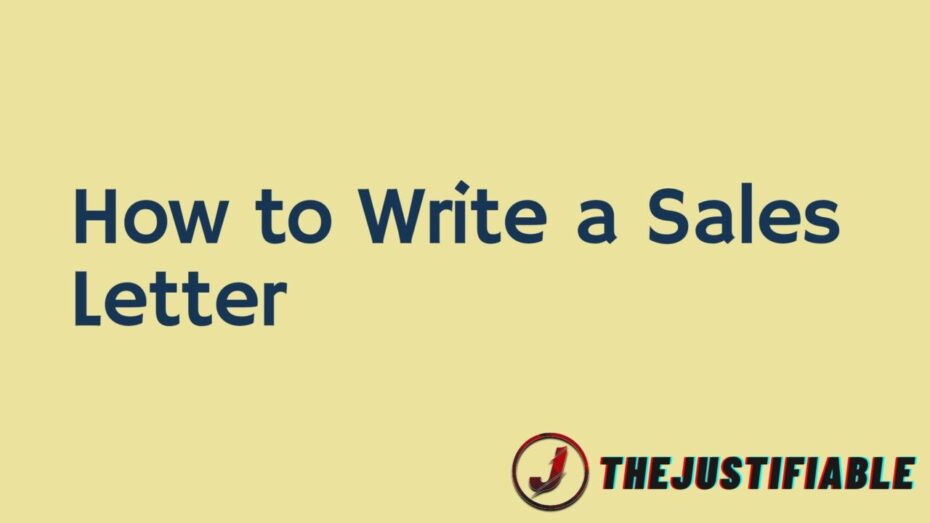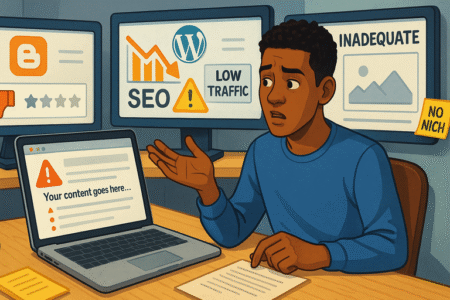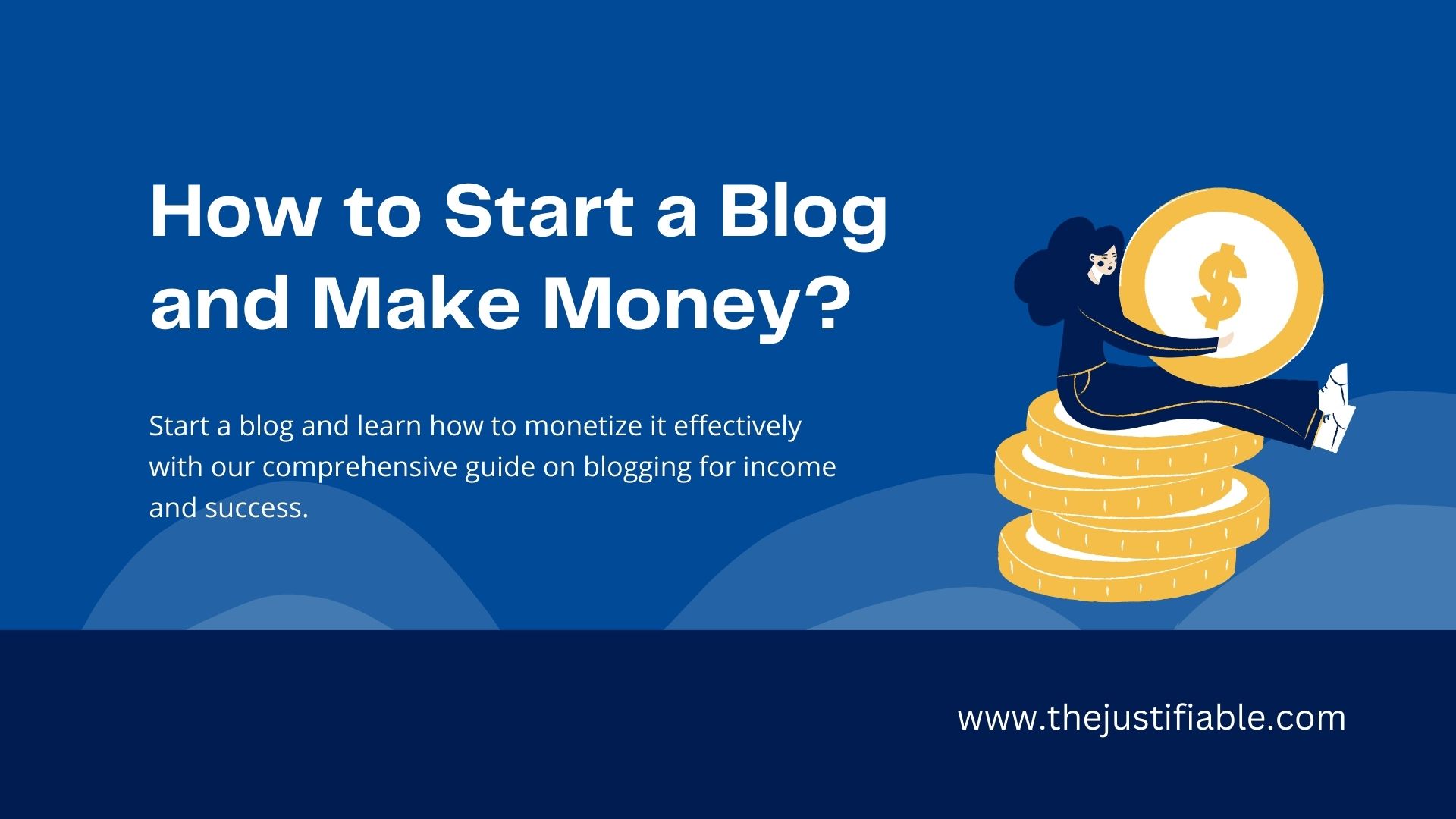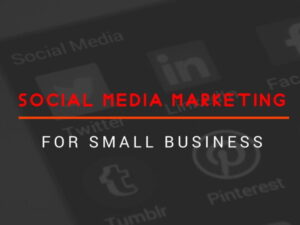Table of Contents
How to write a sales letter is a critical skill for anyone in business. A well-crafted sales letter can significantly boost your conversion rates and drive sales. In this guide, we will explore the essential elements of a successful sales letter, providing you with actionable tips and strategies to enhance your copywriting skills.
Key Elements of a Persuasive Sales Letter
Crafting a successful sales letter requires attention to several critical elements. Understanding how to write a sales letter involves more than just putting words on paper; it’s about connecting with your audience and persuading them to take action. Here, we’ll explore the key components that make a sales letter truly effective.
A persuasive sales letter starts with a captivating opening that grabs the reader’s attention immediately. It then moves on to presenting a compelling value proposition that addresses the reader’s needs and pain points. Building trust through testimonials and social proof is essential, as is creating a sense of urgency. Finally, a strong call-to-action encourages the reader to take the desired step.
Captivating Opening Lines to Grab Attention
The opening lines of your sales letter are crucial for capturing the reader’s attention. Start with a bold statement or a thought-provoking question. For example, “Are you tired of struggling with ineffective marketing strategies?” This immediately engages the reader and piques their curiosity.
Use emotional triggers to create a connection. Mention a common problem they face, and hint at the solution you offer. Keep it concise and impactful. Remember, the goal is to make them want to read more.
Crafting an opening that resonates with the reader sets the tone for the entire letter. It should make a promise of value and show that you understand their needs. Avoid clichés and generic statements; be specific and direct.
A great opening line can significantly increase the chances of your sales letter being read. It’s your first opportunity to make an impression, so make it count.
Crafting a Compelling Value Proposition
A compelling value proposition clearly explains the benefits of your product or service. It answers the question, “What’s in it for me?” for the reader. Highlight what makes your offering unique and why it’s the best solution to their problem.
- Use bullet points to break down key benefits. For instance:
- Save time with our automated solution.
- Increase sales with targeted marketing strategies.
- Enjoy 24/7 customer support and assistance.
Your value proposition should be straightforward and easy to understand. Avoid jargon and focus on tangible benefits. Show how your product or service can improve the reader’s life or business.
Incorporate testimonials or case studies to back up your claims. Real-world examples of how others have benefited from your offering can be very persuasive.
Addressing Pain Points to Engage Readers
Understanding and addressing your reader’s pain points is essential for engagement. Identify the common challenges they face and show empathy. For example, “We know how frustrating it can be to waste time on ineffective marketing.”
Provide solutions to these pain points. Explain how your product or service can alleviate their problems. Use data and examples to support your claims, such as “Our clients see a 30% increase in sales within the first three months.”
Using a conversational tone helps in making a connection. It shows that you’re on their side and genuinely want to help. Avoid sounding too salesy; instead, aim for a friendly, helpful approach.
Highlight the most significant pain points and how your solution specifically addresses them. This makes your sales letter more relevant and compelling to the reader.
Building Trust with Testimonials and Social Proof
Testimonials and social proof are powerful tools for building trust. Include quotes from satisfied customers, case studies, and endorsements from reputable sources. For instance, “John Doe saw a 50% increase in productivity after using our software.”
Use specific, measurable results in your testimonials. This adds credibility and shows that your product or service delivers real value. For example, “Our sales increased by 40% after implementing their strategies.”
Visual elements like star ratings or badges from industry organizations can also enhance credibility. Ensure that the testimonials are genuine and relevant to the reader’s needs.
Building trust is crucial for persuading the reader to take action. Highlighting positive experiences from others makes your offering more believable and appealing.
Creating a Sense of Urgency
Creating a sense of urgency encourages readers to act quickly. Use time-sensitive offers, such as “Limited-time discount” or “Offer expires in 24 hours.” This motivates them to make a decision before the opportunity passes.
Highlight the consequences of inaction. For example, “Don’t miss out on this chance to boost your sales.” Show that delaying could mean missing out on significant benefits.
Use urgent language to convey the message. Phrases like “Act now” or “Hurry, while stocks last” can be very effective. Ensure that the urgency is genuine and not overused, as this can come across as insincere.
Creating urgency can significantly increase the response rate to your sales letter. It pushes the reader to prioritize your offer and take immediate action.
Effective Call-to-Action Techniques
An effective call-to-action (CTA) is clear, direct, and compelling. Use action-oriented language, such as “Get started today” or “Claim your free trial now.” Make it easy for the reader to take the next step.
Ensure your CTA stands out visually. Use buttons or links that are easy to click and guide the reader on what to do next. For example, “Click here to sign up” or “Download your free guide now.”
Reiterate the benefits of taking action. Remind the reader why they should act now, such as “Join thousands of satisfied customers who have transformed their business.”
Provide multiple CTAs throughout the letter, especially at the beginning and end. This increases the chances that the reader will take action at the point they feel most convinced.
By following these techniques, you can craft a sales letter that not only captures attention but also persuades the reader to take action, leading to higher conversion rates and increased sales.
Understanding Your Target Audience
Understanding your target audience is a fundamental step in learning how to write a sales letter. Knowing who your readers are allows you to tailor your message to their specific needs and preferences. This not only increases engagement but also boosts the effectiveness of your sales letter.
To truly connect with your audience, it’s essential to conduct thorough research. Identify their pain points, interests, and behaviors. By gaining insights into what drives them, you can craft a message that resonates and persuades them to take action.
Conducting Audience Research
Conducting audience research is the first step in understanding how to write a sales letter that converts. Start by analyzing demographic data such as age, gender, location, and income level. Use tools like Google Analytics and social media insights to gather this information.
Next, delve into psychographic data, which includes interests, values, and lifestyle choices. Surveys and questionnaires can be effective in collecting this information directly from your audience. Additionally, monitor online forums and social media groups to see what topics are trending among your target demographic.
Analyzing your competition can also provide valuable insights. Look at how they engage with their audience and identify gaps that you can fill. Use tools like SEMrush or Ahrefs to see what keywords and content are working for them.
Finally, create buyer personas based on your research. These personas represent your ideal customers and guide your messaging. The more detailed and accurate your personas, the more effective your sales letter will be.
Tailoring Your Message to Audience Needs
Tailoring your message to the specific needs of your audience is crucial in how to write a sales letter. Start by addressing their primary pain points. For example, if your audience struggles with time management, highlight how your product can save them time.
Use language that reflects their values and interests. If your audience values sustainability, emphasize the eco-friendly aspects of your product. Show that you understand their challenges and offer practical solutions.
Segment your audience if necessary. Different segments may have different needs and preferences. For example, a product may appeal to both young professionals and retirees, but for different reasons. Craft messages that speak directly to each segment.
Personalization is key. Use the recipient’s name if possible and reference their specific situation. This makes your sales letter feel more like a one-on-one conversation rather than a generic pitch.
Using Language That Resonates with Your Audience
Using language that resonates with your audience is an essential aspect of how to write a sales letter. Start by using simple, clear language. Avoid jargon and technical terms that might confuse your readers. Instead, use words and phrases they are familiar with.
Incorporate emotional triggers into your language. Words that evoke emotions like excitement, fear, or joy can be powerful motivators. For example, phrases like “Imagine the possibilities” or “Don’t miss out” can create a sense of urgency and desire.
Match the tone of your writing to your audience’s preferences. If your audience prefers a formal tone, keep your language professional. If they respond better to a casual, friendly tone, adopt that style in your writing.
Use storytelling to make your message more relatable. Share anecdotes or case studies that illustrate the benefits of your product. Stories help readers see themselves in the scenarios you describe and understand the value you offer.
Structuring Your Sales Letter for Maximum Impact
Structuring your sales letter effectively is crucial in learning how to write a sales letter that converts. A well-organized sales letter guides the reader through your message and makes it easy for them to take action. Here are some key strategies to achieve this.
Begin with a strong introduction that captures attention. Follow with the main body that provides detailed information and benefits. Conclude with a compelling call to action. Each section should flow logically to keep the reader engaged.
The AIDA Model: Attention, Interest, Desire, Action
The AIDA model is a proven framework for structuring your sales letter. Start by grabbing the reader’s Attention with a catchy headline or opening statement. Next, build Interest by highlighting the benefits of your product or service.
Create Desire by showing how your offering solves the reader’s problems. Use testimonials, case studies, and detailed descriptions to make your case. Finally, prompt Action by including a clear, compelling call to action. This could be a request to sign up, purchase, or contact you for more information.
Each stage of the AIDA model should seamlessly lead to the next. This keeps the reader engaged and increases the likelihood of conversion. Remember to keep your writing concise and focused on the reader’s needs.
Organizing Content for Readability
Organizing content for readability is essential in how to write a sales letter. Use short paragraphs and bullet points to break up text and make it easier to scan. Headlines and subheadings help guide the reader through your letter and highlight key points.
Incorporate white space to prevent your letter from looking cluttered. This makes it easier for readers to focus on your message. Use a readable font size and typeface to enhance readability.
Highlight important information with bold or italic text. This draws the reader’s eye to the most critical parts of your message. However, use these formatting tools sparingly to avoid overwhelming the reader.
Include images or graphics to complement your text. Visual elements can help illustrate points and keep the reader engaged. Ensure that any images you use are high quality and relevant to your message.
Balancing Text and Visual Elements
Balancing text and visual elements is crucial in how to write a sales letter. While text conveys detailed information, visuals can make your letter more engaging and easier to understand. Striking the right balance between the two enhances the overall impact of your sales letter.
Start by integrating images that support your message. For example, if you’re describing the benefits of a product, include images of the product in use. Infographics can also be effective in conveying complex information quickly and clearly.
Ensure that your visuals are high quality and professional. Poor-quality images can detract from your message and reduce credibility. Use visuals to break up text and add interest, but avoid overloading your letter with too many images.
Consider the layout of your sales letter. Place images strategically to complement the text rather than distract from it. Use captions to explain the relevance of each image and reinforce your message.
Finally, test different combinations of text and visuals to see what works best. A/B testing can help you determine the most effective layout and content for your sales letter. This iterative approach ensures that you continuously improve your sales letter’s performance.
Writing Techniques to Boost Conversion Rates
Mastering how to write a sales letter involves using effective writing techniques that can significantly boost your conversion rates. Implementing these strategies can help you create compelling content that persuades your readers to take action. From the choice of words to the structure of your letter, every element plays a crucial role in engaging your audience and driving sales.
One of the key aspects of a successful sales letter is the use of powerful words and phrases that capture attention and evoke emotions. Additionally, incorporating storytelling and emotional triggers can make your message more relatable and persuasive. By focusing on these techniques, you can enhance the effectiveness of your sales letters and achieve better results.
Using Powerful Words and Phrases
Using powerful words and phrases in your sales letter can make a significant difference in how your message is received. Words like “exclusive,” “limited time,” and “guaranteed” can create a sense of urgency and compel your readers to act quickly. These words evoke emotions and highlight the benefits of your product or service.
Another effective technique is to use sensory words that paint a vivid picture in the reader’s mind. For example, instead of saying “Our product is high quality,” you could say “Experience the unparalleled craftsmanship of our product.” This creates a more engaging and memorable impression.
Incorporate action-oriented phrases that encourage the reader to take immediate steps. Phrases like “Sign up now,” “Get started today,” and “Discover your benefits” can drive readers to act. These phrases should be clear, concise, and placed strategically throughout your letter.
It’s also important to highlight unique selling points using powerful language. Emphasize what sets your product or service apart from the competition. For example, “Our solution offers cutting-edge technology that no other product on the market can match.” This not only grabs attention but also builds credibility.
Storytelling in Sales Letters
Storytelling is a powerful technique in how to write a sales letter. It makes your message more relatable and engaging. Start with a compelling story that your readers can identify with. For example, share a success story of a customer who benefited from your product or service. This creates a connection and illustrates the real-world value of your offering.
Use characters and scenarios that resonate with your target audience. For instance, if you’re selling a fitness product, describe how a busy professional improved their health and well-being using your product. This helps readers see themselves in the story and envision the benefits they could experience.
Include specific details to make your story more vivid and believable. Describe the challenges faced by the character and how your product provided the solution. This adds authenticity and makes your story more compelling.
End your story with a clear call to action. Encourage your readers to take the next step, just like the character in your story did. This reinforces the message and motivates readers to act.
Utilizing Emotional Triggers
Utilizing emotional triggers is essential in how to write a sales letter that converts. Emotions drive decisions, so tapping into your readers’ feelings can significantly boost your conversion rates. Identify the key emotions that resonate with your audience, such as fear, excitement, or happiness.
Use fear to highlight the consequences of inaction. For example, “Don’t miss out on this limited-time offer” creates a sense of urgency and compels readers to act quickly. This can be particularly effective in scenarios where time-sensitive decisions are required.
Excitement can be used to showcase the benefits and positive outcomes of using your product. Phrases like “Imagine the possibilities” or “Unlock your potential” can generate enthusiasm and motivate readers to take action.
Happiness and satisfaction can be highlighted through testimonials and success stories. Show how your product or service has made a positive impact on other customers’ lives. This creates a positive association and builds trust.
It’s important to use these emotional triggers ethically and authentically. Ensure that your claims are backed by real evidence and that you are genuinely offering value to your readers.
Common Mistakes to Avoid in Sales Letters
Even with the best intentions, it’s easy to make mistakes in how to write a sales letter. These errors can reduce the effectiveness of your message and hinder your conversion rates. By being aware of these common pitfalls, you can avoid them and create more impactful sales letters.
One of the most frequent mistakes is using overused buzzwords that can make your letter sound generic and insincere. Additionally, ensuring clarity and conciseness in your writing is crucial to maintaining reader engagement. Finally, double-checking grammar and spelling helps to maintain professionalism and credibility.
Avoiding Overused Buzzwords
Overused buzzwords can make your sales letter sound clichéd and unoriginal. Phrases like “cutting-edge,” “synergy,” and “next-level” are often seen as filler content and can detract from your message. Instead, use specific and descriptive language that clearly conveys your unique selling points.
Focus on the actual benefits and features of your product or service. For example, instead of saying “Our software is cutting-edge,” you could say “Our software automates complex tasks, saving you hours of manual work each week.” This provides a clear and tangible benefit that resonates with your readers.
Avoid jargon and technical terms that your audience might not understand. Keep your language simple and accessible. This ensures that your message is easily understood and more impactful.
Using fresh and original language helps your sales letter stand out. It shows that you’ve put thought and effort into your message, which can make it more persuasive.
Ensuring Clarity and Conciseness
Ensuring clarity and conciseness is essential in how to write a sales letter. Long, rambling sentences can lose the reader’s attention. Instead, aim for short, straightforward sentences that clearly convey your message. Each sentence should serve a purpose and move the reader closer to taking action.
Use bullet points and subheadings to break up text and highlight key points. This makes your letter easier to scan and ensures that important information stands out. For example, listing the benefits of your product in bullet points can make them more noticeable and memorable.
Avoid unnecessary words and fluff. Be direct and to the point. For instance, instead of saying “We are pleased to offer you the opportunity to take advantage of our new product,” you could say “Try our new product today.” This makes your message more impactful and easier to understand.
Edit and revise your letter to eliminate any ambiguities. Ensure that your message is clear and that there’s no room for misinterpretation. This helps maintain reader engagement and increases the likelihood of conversion.
Double-Checking Grammar and Spelling
Double-checking grammar and spelling is a simple but crucial step in how to write a sales letter. Errors can undermine your credibility and make your letter appear unprofessional. Take the time to proofread your letter thoroughly before sending it out.
Use tools like Grammarly or Hemingway to catch common mistakes and improve readability. These tools can help you identify errors and suggest corrections. However, don’t rely solely on automated tools. It’s also important to read through your letter yourself or have someone else review it.
Pay attention to common pitfalls such as homophones (e.g., their/there/they’re) and punctuation errors. Ensure that your sentences are properly structured and that your letter flows smoothly.
A polished, error-free sales letter reflects well on your professionalism and attention to detail. It shows that you care about your message and the impression you make on your readers.
Analyzing and Optimizing Sales Letters
Understanding how to write a sales letter is only the first step. Analyzing and optimizing your sales letters is crucial for ongoing improvement and achieving the best results. By regularly assessing your letters, you can identify what works and what doesn’t, enabling you to make data-driven decisions that enhance effectiveness.
Optimizing sales letters involves several strategies, including A/B testing different versions, measuring key performance metrics, and continuously refining your copy. These practices help ensure your sales letters remain relevant, persuasive, and aligned with your audience’s evolving needs.
A/B Testing Different Versions
A/B testing, or split testing, is an essential technique in how to write a sales letter effectively. This method involves creating two versions of a sales letter and testing them against each other to see which performs better. Start by identifying the element you want to test, such as the headline, call-to-action, or opening paragraph.
For example, you might create two versions of a headline: one that highlights a benefit and another that poses a question. By sending each version to a different segment of your audience, you can measure which headline generates more engagement or conversions.
Ensure that you only test one variable at a time to accurately determine its impact. This focused approach allows you to pinpoint which changes lead to improved performance. Use tools like Google Optimize or Optimizely to manage your A/B tests and analyze the results.
After collecting sufficient data, analyze the performance of each version. Look for significant differences in metrics like click-through rates, conversion rates, and engagement levels. Based on the results, implement the winning version and continue testing other elements to further optimize your sales letter.
Measuring Key Performance Metrics
Measuring key performance metrics is vital in how to write a sales letter that drives results. These metrics provide insights into how well your sales letter is performing and where improvements are needed. Common metrics to track include open rates, click-through rates, conversion rates, and bounce rates.
Open rates indicate how many recipients opened your sales letter, providing an initial gauge of its effectiveness. If open rates are low, consider revising your subject line or sender name to make your letter more appealing.
Click-through rates measure the percentage of readers who clicked on a link or call-to-action within your sales letter. High click-through rates suggest that your content is engaging and relevant. If click-through rates are low, review the clarity and placement of your calls to action.
Conversion rates are perhaps the most critical metric, reflecting the percentage of readers who took the desired action, such as making a purchase or signing up for a service. Low conversion rates may indicate that your offer is not compelling enough or that there are barriers preventing readers from taking action.
Bounce rates reveal how many readers left your site after viewing only one page. High bounce rates may suggest that your sales letter content is not sufficiently engaging or that the landing page does not meet readers’ expectations. Use these insights to refine your content and improve user experience.
Continuously Improving Your Copy
Continuously improving your copy is a key aspect of how to write a sales letter that remains effective over time. Regularly update your content based on performance data and feedback from your audience. This iterative process ensures that your sales letters stay relevant and persuasive.
Start by analyzing the results of your A/B tests and performance metrics. Identify areas where your sales letter can be improved, such as more compelling headlines, clearer calls to action, or better storytelling techniques. Implement these changes and monitor their impact on your metrics.
Gather feedback from your audience through surveys or direct communication. Ask readers what they found most compelling and where they felt the letter could be improved. Use this feedback to make targeted adjustments that enhance your message’s effectiveness.
Stay informed about industry trends and best practices in copywriting. Adapt your sales letters to incorporate new techniques and approaches that resonate with your audience. For example, if there is a shift towards more personalized marketing, consider integrating personalized elements into your sales letters.
Finally, don’t be afraid to experiment with new ideas. The most effective sales letters often come from trying out different approaches and learning from the results. Keep testing, measuring, and refining your copy to ensure it continues to deliver the best possible outcomes.






